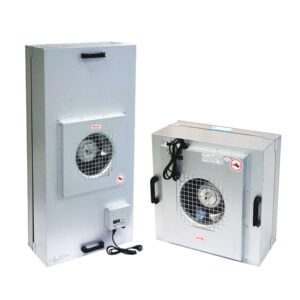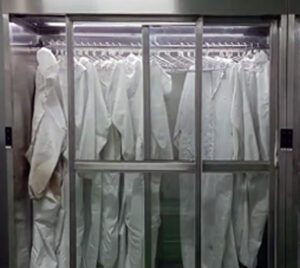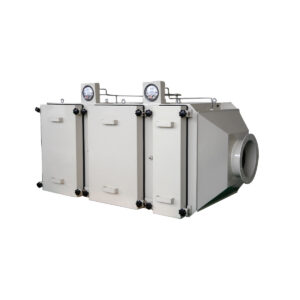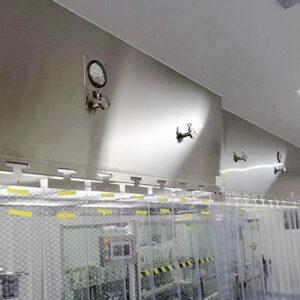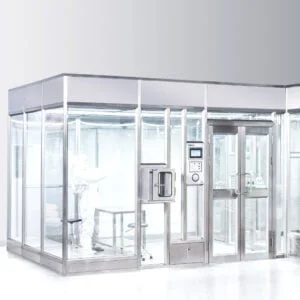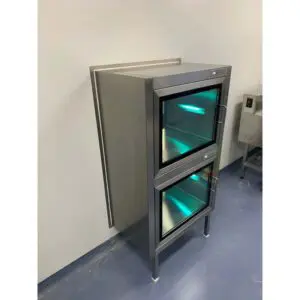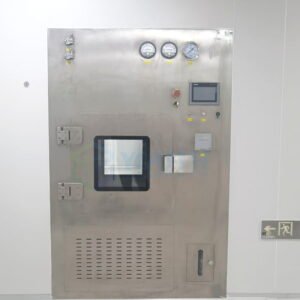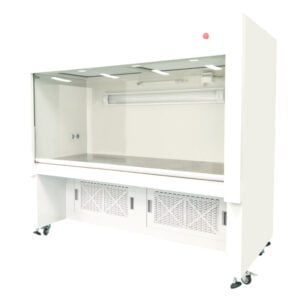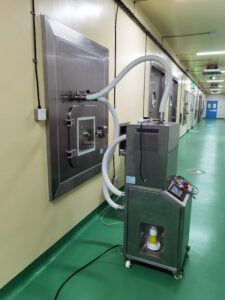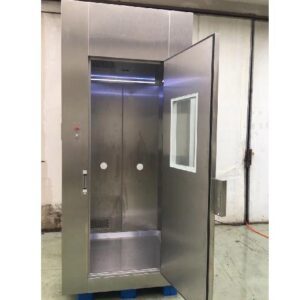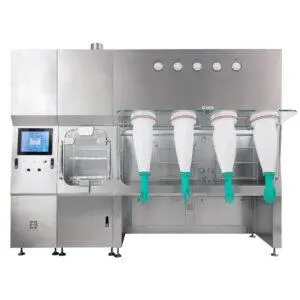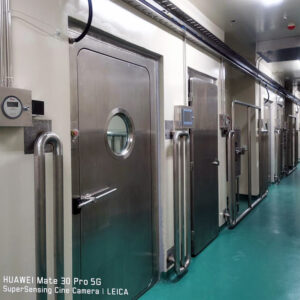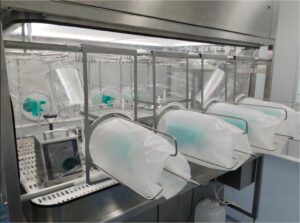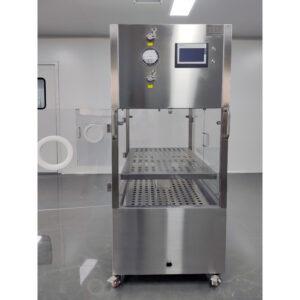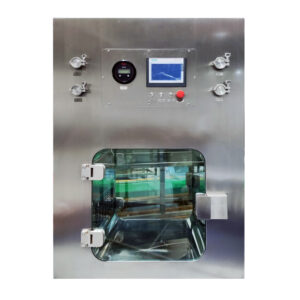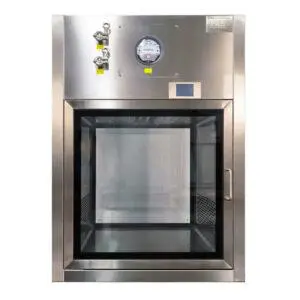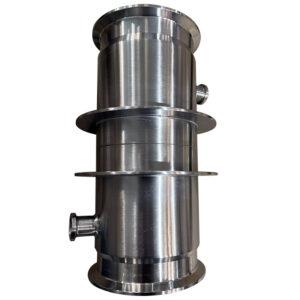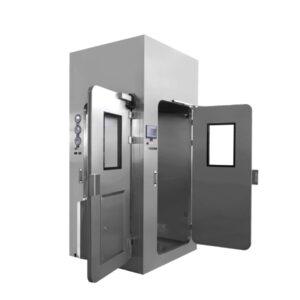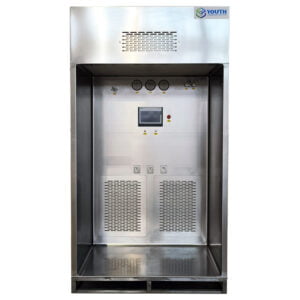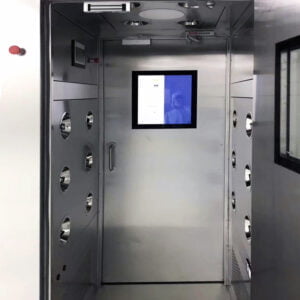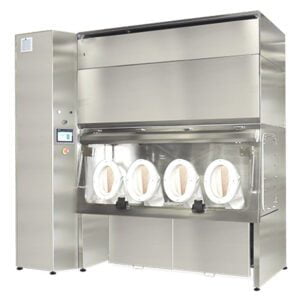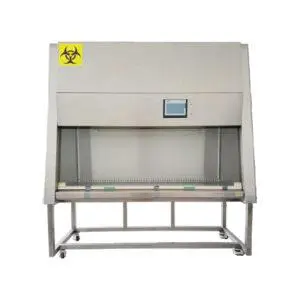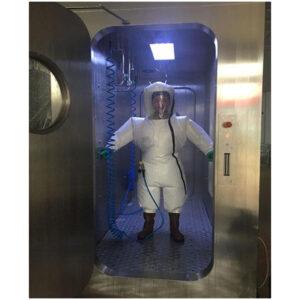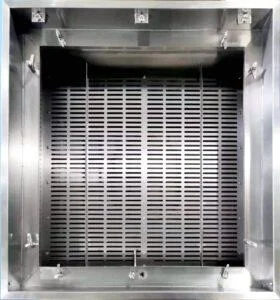Occupational health and safety are paramount in industries dealing with hazardous substances. Traditional air filtration systems often expose workers to risks during filter changes. The Bag-In-Bag-Out (BIBO) system, with its innovative design, substantially mitigates these dangers. This article delves into how BIBO technology has revolutionized workplace safety and its profound impact on occupational health.
Understanding BIBO Systems
BIBO systems incorporate a sealed process for removing and replacing air filters contaminated with hazardous particles. This method ensures that workers are not exposed to dangerous substances, safeguarding their health and enhancing workplace safety standards.
Key Ways BIBO Enhances Occupational Health
- Minimized Exposure to Hazards:
- BIBO’s sealed system prevents airborne contaminants from escaping during filter changes, significantly reducing exposure to toxic substances.
- Reduced Respiratory Risks:
- By limiting the release of hazardous particles into the air, BIBO systems minimize the risk of respiratory issues among facility workers, contributing to a healthier work environment.
- Enhanced Psychological Well-being:
- Knowing that effective measures are in place to protect their health can alleviate workers’ anxiety over potential exposure to harmful substances, thereby boosting morale and productivity.
- Lowered Absenteeism and Health-Related Costs:
- The safe operational environment created by BIBO systems can lead to reduced absenteeism due to health issues, lowering the financial burden on both employees and employers.
Implementation Across Industries
From pharmaceuticals and biotechnology to nuclear power and hazardous waste management, various sectors have embraced BIBO technology. Its adaptability and effectiveness in maintaining clean air standards showcase its universal applicability in protecting occupational health.
Best Practices for BIBO Usage
To maximize the occupational health benefits of BIBO systems, organizations should:
- Conduct regular training sessions on the proper use and maintenance of BIBO systems.
- Perform consistent checks to ensure the integrity of the bagging system and seals.
- Stay updated on advancements in BIBO technology for potential upgrades.
Case Studies and Testimonials
Real-world examples further highlight BIBO’s positive impact. Facilities employing BIBO systems report significant improvements in air quality, worker health, and overall safety culture, exemplifying best practices in occupational health standards.
Conclusion
The introduction of Bag-In-Bag-Out technology marks a significant advancement in occupational health and safety management. Its ability to prevent direct exposure to hazardous materials during filter changes not only underscores the importance of worker protection but also sets a new standard in workplace safety. By prioritizing health through innovative filtration solutions like BIBO, industries can forge safer, more productive work environments.
Related Contents:
- Bag-In/Bag-Out (BIBO) Systems: Operation and Maintenance Guide
- Understanding YOUTH’s Bag-In-Bag-Out (BIBO) Systems: Ensuring Safety and Clean Air
- The Comprehensive Guide to Bag-in-Bag-Out (BIBO) HEPA Filter Replacement
- Addressing FAQs About Bag-In-Bag-Out Filtration Systems
- The Ultimate Guide to YOUTH’s Bag-In-Bag-Out (BIBO) HEPA Filter Replacement
- The Ultimate Guide to YOUTH’s Bag-In-Bag-Out (BIBO) Systems: Ensuring Safety and Clean Air
- The Ultimate Guide to Innovative Bag-In-Bag-Out Technology
- Enhancing Your Facility’s Air Quality with Bag-In-Bag-Out
- Common Misconceptions About Bag-In-Bag-Out Filtration Debunked


